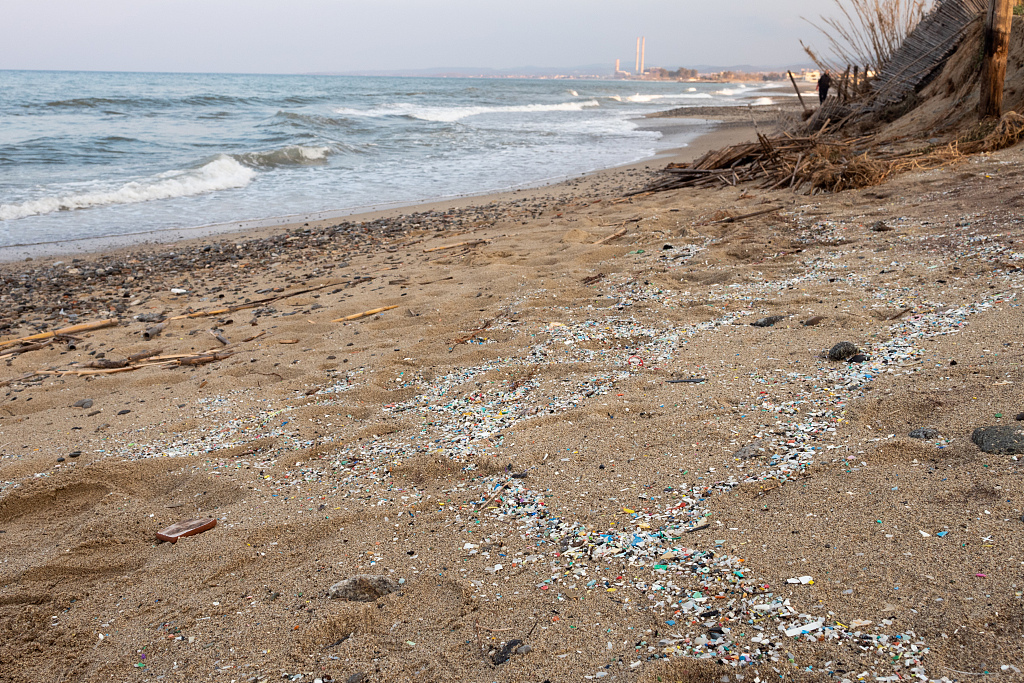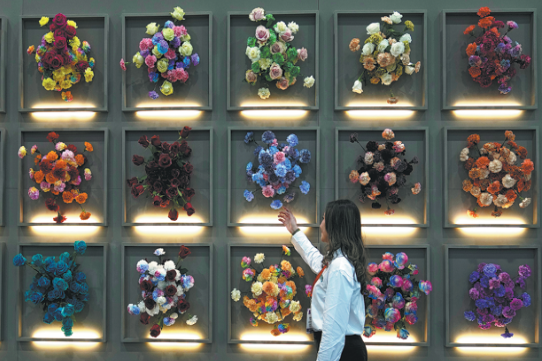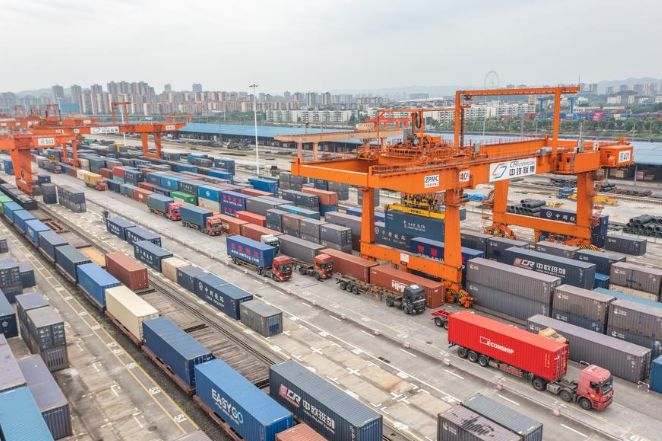Saving the oceans faces hurdles to financing


The world's oceans are running out of breath. In the past 50 years, we have lost nearly half our coral reefs and mangrove forests, and the size of marine populations has been halved. A third of global fish stocks are already depleted.
If these trends continue, it is estimated there will be no stocks left for commercial fishing by 2048 in the Asia-Pacific region. By 2052, oceans might contain more plastic than fish by weight, and 90 percent of coral reefs may be lost.
The "blue economy", which includes livelihoods and other economic benefits derived from oceans, is estimated at between $3 trillion and $6 trillion per year globally. Oceans contribute significantly to the gross domestic product of many developing countries - as much as 13 percent in Indonesia and 19 percent in Vietnam.
Thirty-four million people in the region are engaged in commercial fishing. In Southeast Asia alone, the export value of the fish caught was $19.5 billion in 2015. But the cost of overfishing far exceeds this amount. Overfishing reduced the aggregate net benefit of global fisheries by $83 billion in 2012, with two-thirds of this loss occurring in Asia.
Saving our blighted oceans is a key development challenge, with the future viability of so many economies and livelihoods at stake. Clearly, the declining health of the world's oceans is an issue that does not affect just a single industry, country or sector. It is a threat to the entire planet and all of its residents. Therefore, the solution also must be far-reaching.
This involves strategies that cut across multiple sectors and countries of the region in a holistic, "source to sea" approach. Governments, NGOs, businesses and other stakeholders all need to do their part. This includes reducing marine pollution at the source, while protecting and restoring coastal and marine ecosystems and rivers.
Alternative livelihood and business opportunities need to be created. Port and coastal infrastructure is overdue for modernization. There is an urgent need for ocean-friendly infrastructure, including integrated solid waste management, ecologically sensitive port facilities, and municipal and industrial wastewater and effluent treatment. Equally crucial are sustainable agribusinesses that reduce runoff of fertilizers, agri-chemicals, waste and soil erosion, as well as a sustainable aquaculture sector.
The key challenge to implementing these far-reaching solutions is financing. Large-scale investments are required to support these projects, and only the private sector has the vast financial resources needed. However, attracting private investors can be tricky for projects-related to ocean health.
The private sector needs a return on its investment, which is usually achieved through charges to a "user" base, either a beneficiary or a polluter. However, when user charges can be applied, their level is constrained by affordability considerations, such as in municipal wastewater projects.
"Blue funds" have huge potential to help overcome such challenges. Arranged by governments or development finance institutions, they could provide much-needed credit enhancement to projects in the form of "blue credits". These credits are similar to carbon credits, since they provide revenue support based on the value of the avoided costs from doing a high-impact project.
Multilateral development banks can help by developing blue project selection criteria and policy frameworks, creating financial instruments and products, blue funds or similar financial mechanisms, mobilizing concessional financing, and preparing bankable project pipelines.
Green financing has already beaten a path for blue financing to follow. Green instruments aim to pool projects together to diversify risks and enable wider access to financing by tapping the capital markets through green equities and bonds. By enhancing the bankability of a project, these instruments can encourage a scaling up of investments in renewable energy, reforestation, watershed management, air quality and clean transportation.
The Asian Development Bank has issued $2.2 billion in green bonds since 2010. With additional support, blue investments can be similarly successful.
Deep-cleaning our oceans is a massive undertaking, and the price tag will be similarly large. Blue financing offers a way to share the funding of these initiatives. However, we must act now, while there is still time.
The author is vice-president for finance and risk management with the Asian Development Bank. The views do not necessarily reflect those of China Daily.

































